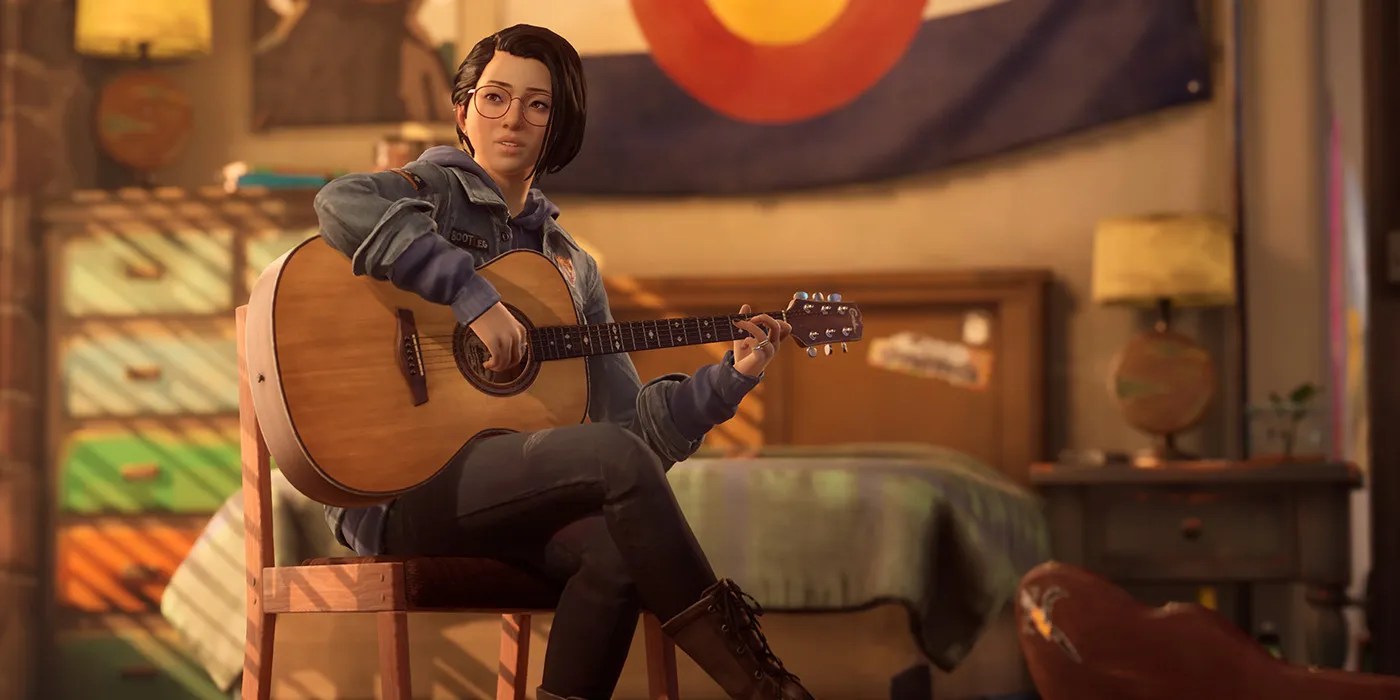Amid the growing popularity of live service andmassive open-world titles, narrative-driven episodic games have carved out a dedicated fanbase that continues to grow.Life is Strangeis one such episodic game franchise whose diverse community is one of gaming’s most socially active, and they are currently anticipating the release ofLife is Strange: True Colors.
With its diverging storylines, complex yet relatable cast of characters, powerful soundtracks, and a focus on a wide array of societal themes, theLife is Strangefranchise continues to win peoples' hearts with every new entry. The upcomingLife is Strange: True Colorsseems to be a step in the right direction, thoughTrue Colorsis doing a few things differently that hopefully makes it the next big thing in the episodic games format.

RELATED:New Life is Strange: True Colors Trailer Welcomes Players to Haven Springs
How Life is Strange: True Colors Can Reinvigorate the Episodic Formula
Episodic games have long existed, though their popularity surged when Telltale droppedThe Walking Deadin 2012. After that Telltale released a multitude of successful episodic games with a similar structure, and while there are plenty of reasons for thestudio’s closure and rebirth, one of them could be its over-reliance a formula that didn’t reinvigorate fans.
The firstLife is Strangegame, in many ways, was a breath of fresh air, though its resemblance with Telltale’sThe Walking Deadand other point-and-click adventure games were obvious. Dontnod Entertainment, the studio behindLife is StrangeandLife is Strange 2,found success in a release structure similar to Telltale’s. However,Dontnod isn’t makingLife is Strange: True Colors,and it’s unclear if the developer will work on the series again soon.Life is Strange: True Colorsis instead in the hands of Deck Nine Games, which is making some fundamental changes that may signal the end of an era for episodic games.
Unlike its predecessors,Life is Strange: True Colorswill release in its entirety, which changes how players experience the story.Life is Strange: True Colors' break from episodes is good, and a much-needed change that gives players the freedom to play its chapters whenever and however they want. The Netflix approach ofLife is Strange: True Colors, if successful, could become the new norm for narrative-driven episodic adventure games.
It’s likely appreciated that Deck Nine is doing things differently and learning from the mistakes ofLife is Strange 2. Although a positively received sequel,Life is Strange 2was criticized for its erratic release pattern, with most episodes taking three-to-four months to come out. It led to a disjointed experience, especially for veteranLife is Strangefans who jumped in at the launch.
Life is Strange: True Colorsis different not only because it will release in its entirety, but also because it widens the scope of choice and consequences. Players can freely explore Haven Springs, which will give them ample opportunities to useAlex’s supernatural ability of empathy. It can create multiple optional scenarios exclusive to a specific player.True Colorsseems interested in harnessing the successful aspects ofLife is Strangeand expanding on those elements to give players more of what they want, but also making subtle changes to modernize the experience. To keep players busy, there is even an extra chapter calledWavelengthsthat is all set to launch just three weeks after the base game launches.
Life is Strange: True Colorsis set to be an evolution of point-and-click episodic games that have long followed the structure Telltale games established withThe Walking Dead. With its AAA budget and next-gen ambitions,Life is Strange: True Colorsseems to be bringing a paradigm shift in the episodic format, something that could lay the groundwork for future games.
Life is Strange: True Colorslaunches September 10 for PC, PS4, PS5, Stadia, Xbox One, and Xbox Series X/S, with a Nintendo Switch release planned for a later date.